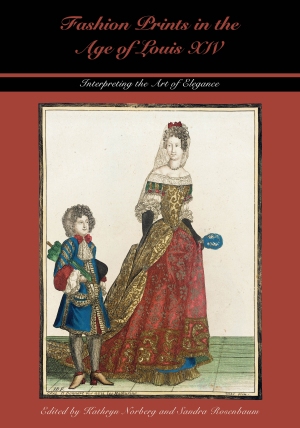[
Deadline for the submission of proposals: 20 October 2014]
What does it mean to study costume in the 21st century?
Early theoretical discourse on costume (Hollander 1975/1993; Wilson 1985/2013; Gaines 1990) underlines the active interrelation between costume, body and character by arguing that “costume assimilates bodily signifiers into character, but body as a whole engulfs the dress” (Gaines 1990: 193).
In the 21st century, costume practices are now encountered through a multitude of different media: from film and theatre to virtual environments and mediated platforms. Mediation has become a prevalent principle of contemporary life and culture. Yet, the role of the costumed body and of how bodily practices are ‘read’ within and explored through these contexts remains a central question of 21st century artistic scholarship and practice.
Costume is still a relatively new and emerging research area. However, the study of costume has significantly grown in profile in recent years as a subject worthy of focused academic study, as evident within the growing number of international scholarly publications on costume and the costumed body in the last decade. Most recently, special issues of academic journals, such asCanadian Theatre Review (2012) and Scene (2014, forthcoming), have addressed the agency of costume in live performance as well as in film and other media. In that regard, Critical Costume 2015 is the second event conceived under the banner of Critical Costume, following a research project initiated by Dr. Rachel Hann and Sidsel Bech at Edge Hill University (UK) in 2013 (seewww.criticalcostume.com). The overall aim of the Critical Costume events is to offer a platform for new academic thinking and design practices around the study of costume: with costume conceived as a means of critically interrogating the body in/as performance.
Therefore, Critical Costume 2015 invites contributions from scholars and practitioners that seek toad-dress the implications of research processes, new technologies and media for the study and practice of costuming today and in history.
While we welcome all proposals on the subject of costume, Critical Costume 2015 is particularly interested in contributions from practitioners and scholars that investigate the following:
a) Methodologies for researching costume in live performance, film and media: this includes practice-based approaches, new technologies as a tool for costume research, as well as historical, sociological, ethnographic, anthropological or other cultural perspectives in studying costume practices.
b) Media and mediated costume, and new design practices: costume in media and media in costume; these include digital costume, wearable technology, interactivity, latest technology and special effects, and the dramaturgical implications of interpreting screen-mediated or projected costume.
c) Costume practices and performances that examine the performative qualities of material (whether physical or virtual), body, flesh, and design.
The event includes
- an exhibition of artistic work and artistic research,
- a conference comprised of academic presentations on current research in the field of costume and performance,
- Flash Talks - short presentations by artists, and
- film and media screenings.
In that regard, we invite all interested parties to submit their proposals stating which presentation format you wish to be considered for:
- 20min paper presentation (title and 300-word abstract)
- Flash Talk presentations (title and 200-word summary)
- Exhibition or Installation work – physical or mediated object (title and 200-word description)
Note: We welcome applications to present in more than one format.
The event language is English.
Deadline for the submission of proposals: 20 October 2014
Please submit your proposals online: http://costumeinfocus.com/?page_id=118
Critical Costume 2015 is curated by Professor Sofia Pantouvaki and hosted by the Costume in Focusresearch group, based at Aalto University School of Arts, Design and Architecture.
Important dates:
Deadline for the submission of proposals: 20 October 2014
Notification of acceptance: 25 November 2014
Event dates: 25-27 March 2015
Twitter: @CriticalCostume





